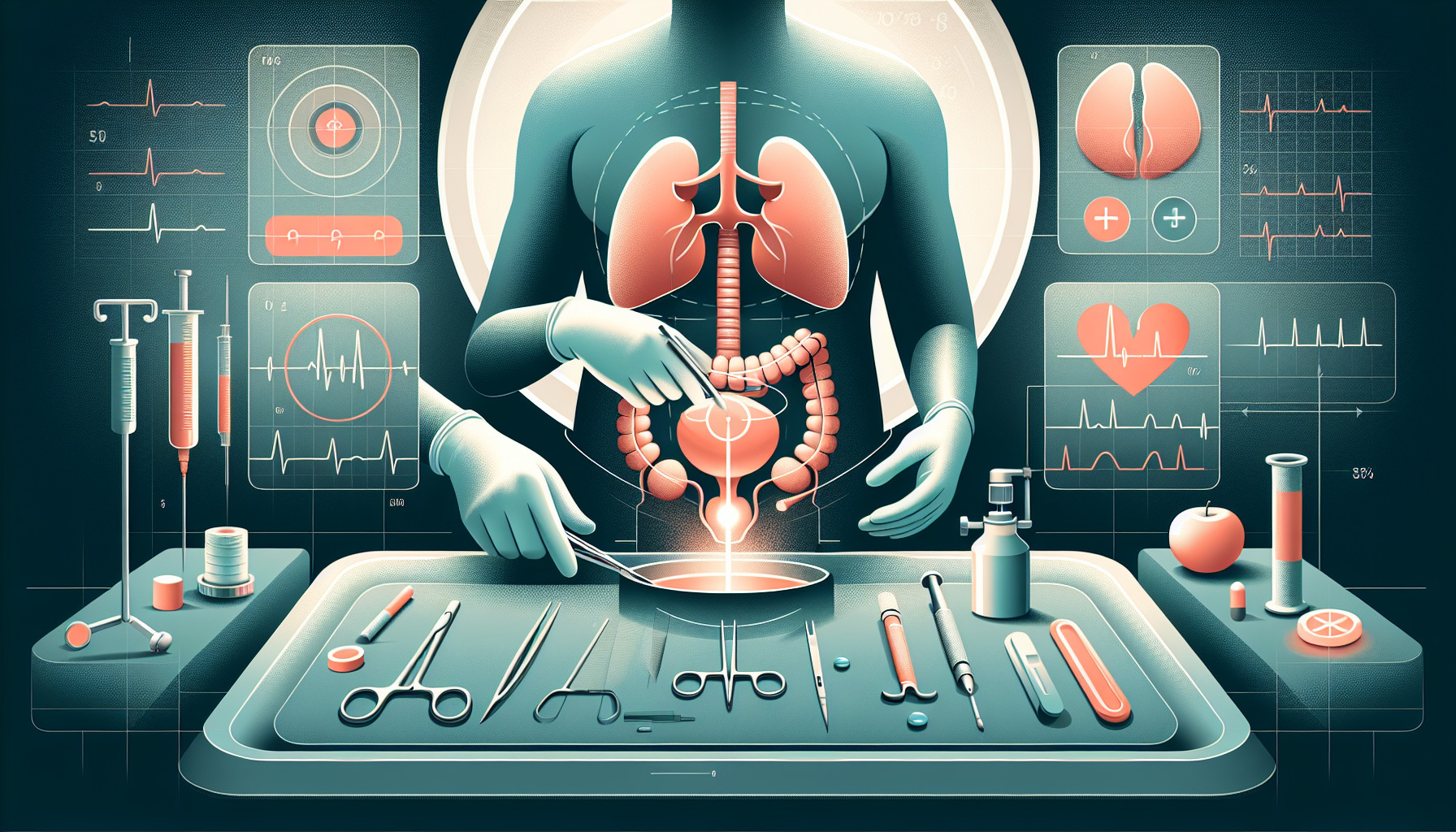Our Summary
This research paper looks at robot-assisted surgery for prostate cancer, which is the most common type of surgery used for this disease. The aim is to find the best way to remove the cancer while causing as few side effects as possible, such as issues with sexual function and bladder control. The experience of the surgeon and the specific methods they use can have an impact on the results of the surgery. The authors are examining different techniques in robot-assisted surgery to try and improve the results, both in terms of eliminating the cancer and minimizing side effects.
FAQs
- What is robot-assisted radical prostatectomy (RARP)?
- What are the potential side effects of a robot-assisted radical prostatectomy?
- How does surgeon experience and surgical technique impact the outcomes of a robot-assisted radical prostatectomy?
Doctor’s Tip
One helpful tip a doctor might tell a patient about prostatectomy is to follow their post-operative care instructions closely, including any recommendations for physical activity, diet, and medication. It is important to attend all follow-up appointments and communicate any concerns or changes in symptoms to your healthcare provider. Additionally, practicing pelvic floor exercises and maintaining a healthy lifestyle can help improve urinary and sexual function after surgery.
Suitable For
Patients with localized prostate cancer who are eligible for surgery are typically recommended prostatectomy. Robot-assisted radical prostatectomy (RARP) is a common surgical treatment option for these patients. The ideal candidates for RARP are those who have a good overall health status and are able to undergo surgery. Surgeon experience and surgical technique also play a role in determining the success of RARP. Patients who undergo RARP may experience improvements in cancer control and postoperative urinary and sexual function.
Timeline
Before prostatectomy:
- Patient is diagnosed with localized prostate cancer through a biopsy or other diagnostic tests.
- Patient consults with a urologist or oncologist to discuss treatment options, including surgery.
- Patient undergoes preoperative testing and evaluation to ensure they are a suitable candidate for prostatectomy.
- Patient may undergo prehabilitation to optimize their physical health before surgery.
- Patient receives education and counseling on what to expect before, during, and after the procedure.
After prostatectomy:
- Patient is monitored closely in the immediate postoperative period for any complications.
- Patient may experience pain, discomfort, and fatigue in the days following surgery.
- Patient gradually resumes normal activities under the guidance of their healthcare team.
- Patient may undergo physical therapy to improve bladder control and sexual function.
- Patient attends follow-up appointments with their healthcare team to monitor recovery and assess for any signs of cancer recurrence.
- Patient may experience changes in urinary function, sexual function, and quality of life following prostatectomy, which may improve over time with proper management and support.
What to Ask Your Doctor
- What are the risks and potential complications associated with a prostatectomy?
- How experienced are you in performing robot-assisted radical prostatectomy (RARP)?
- What is your success rate in achieving cancer control with RARP?
- How will my urinary function be affected after the surgery?
- What can I do to improve my chances of maintaining sexual function after the procedure?
- What is the typical recovery time and what can I expect during the recovery process?
- Are there any alternative treatment options to consider before deciding on a prostatectomy?
- Will I need any additional treatments or follow-up care after the surgery?
- What lifestyle changes or recommendations can help improve my overall outcome after a prostatectomy?
- Are there any clinical trials or research studies that I may be eligible for related to RARP and prostate cancer treatment?
Reference
Authors: Arenas-Gallo C, Shoag JE, Hu JC. Journal: Urol Clin North Am. 2021 Feb;48(1):1-9. doi: 10.1016/j.ucl.2020.09.002. PMID: 33218583
